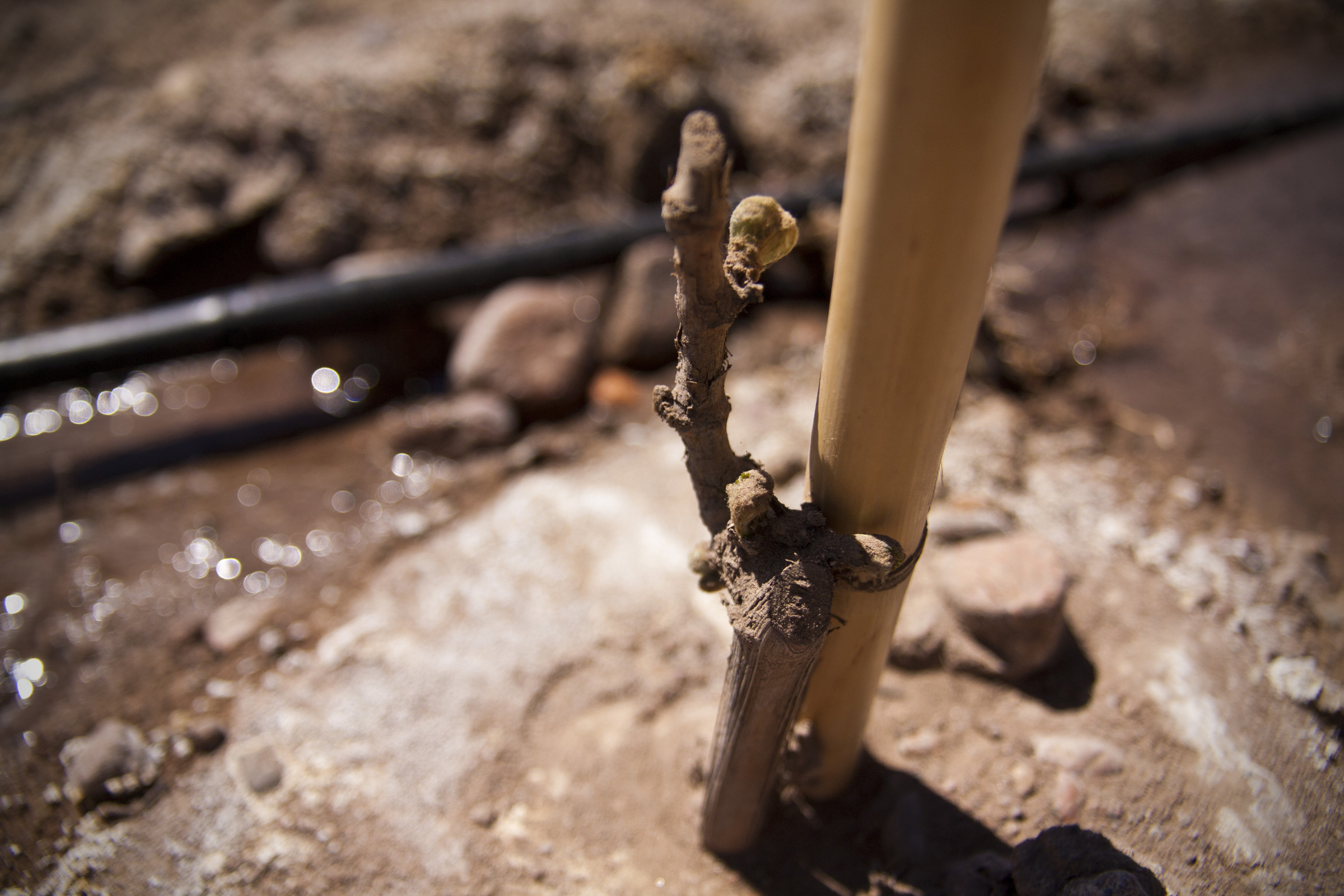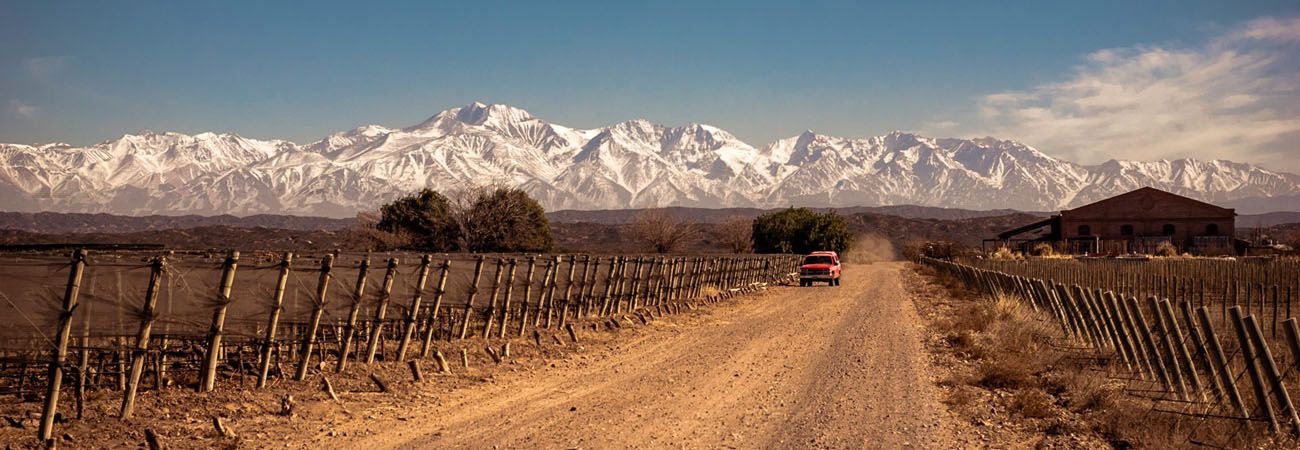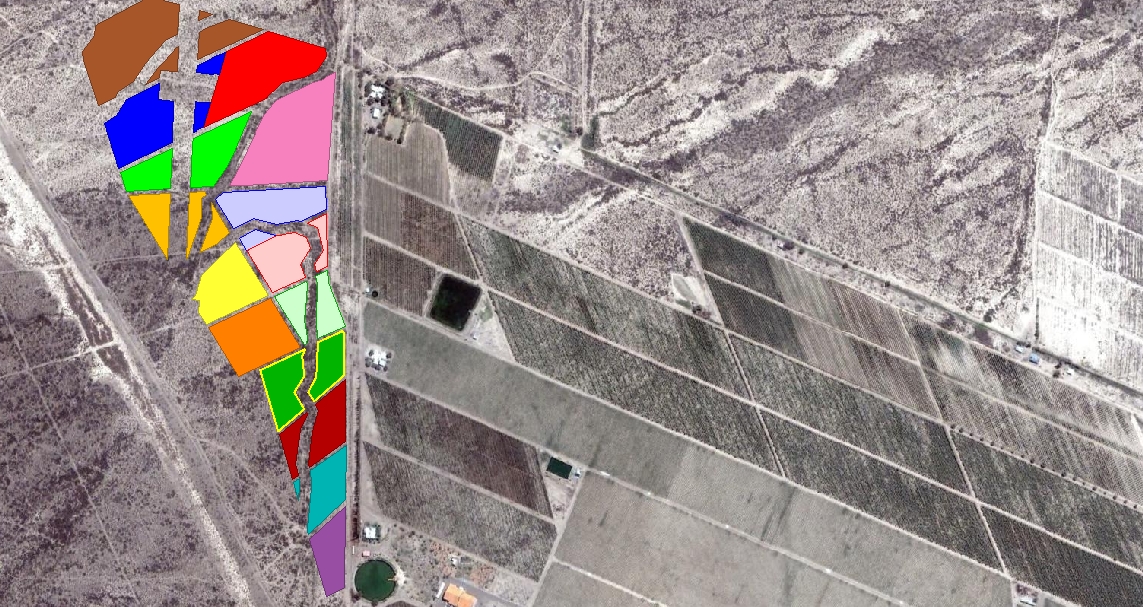Over the past 5 years as we defined the Terroir Project, we’ve shifted our philosophy to focus more on making site-specific, personal wines, in an increasingly more organic, biodynamic way. As you might guess, this is a slow, patient endeavor that has required adopting many new practices and gradually converting our team, our vineyards and our wines. When you start from scratch however, you get the rare opportunity to do everything your way, right away- this is a bit of a luxury. Planting the new vineyard this year has allowed us to plant 100% according to our new philosophy. For this reason we want to document every step of the way.
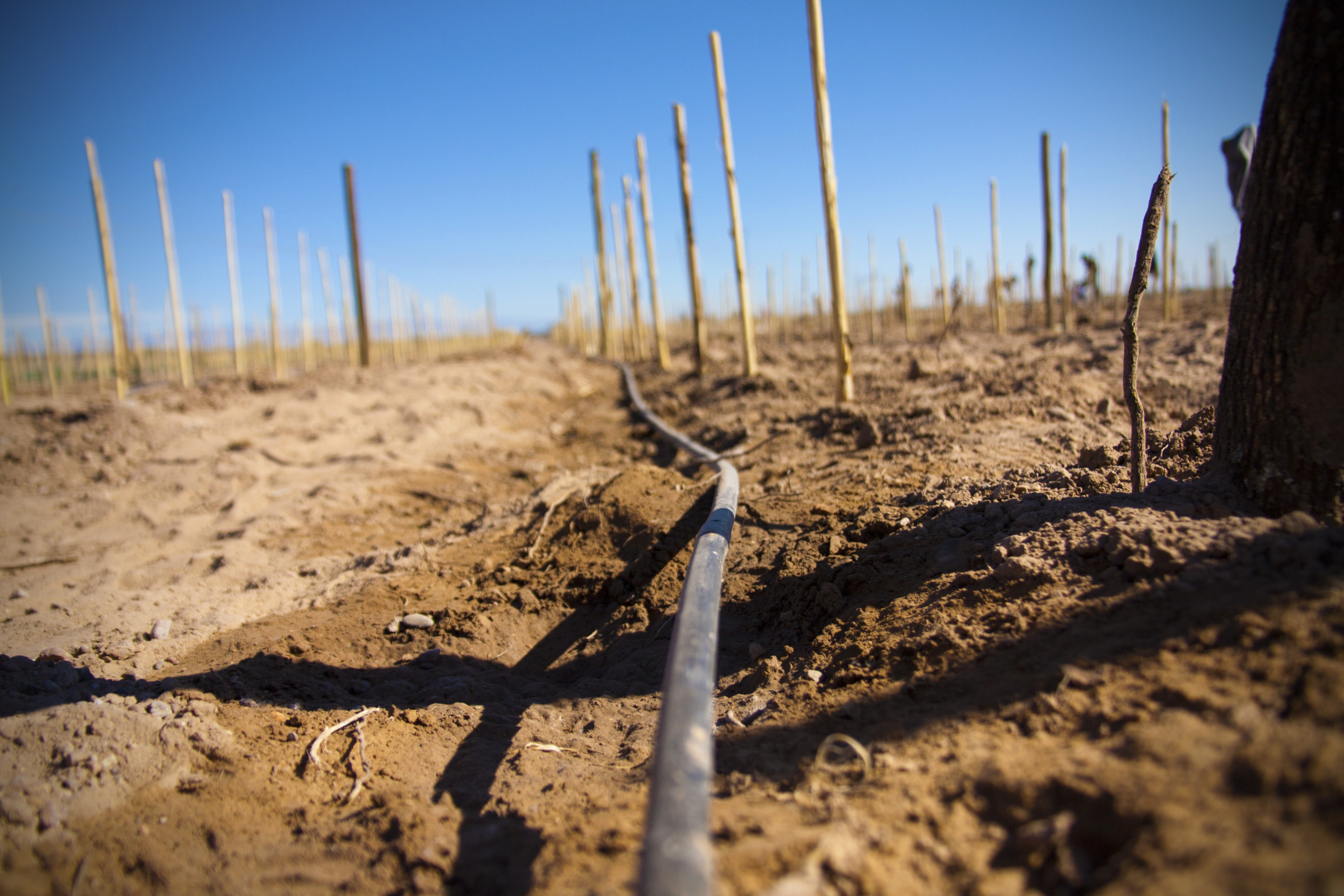
First, we knew we had to understand and analyze the natural resources that we were given to work with: soil, climate and water. For Mauricio Gonzalez, Altos Las Hormigas’ agronomist, this meant first measuring the conductivity of our soil. At its most basic, conductivity can give us a rough indication of nutrients – or in other words, a fertility map.
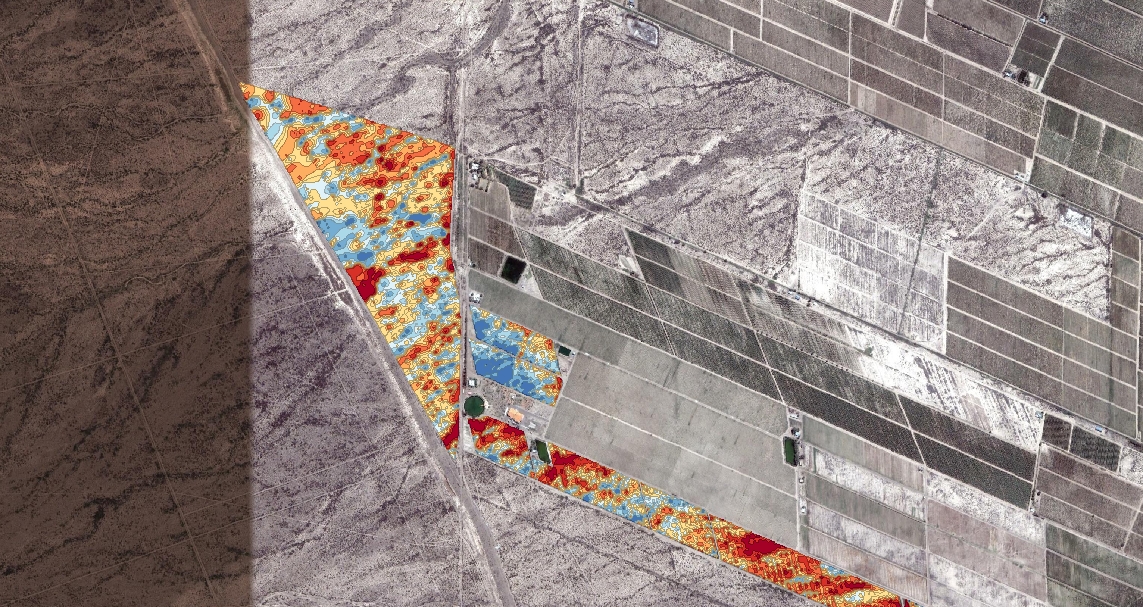
He then uses this fertility map to create “blocks” that share characteristics. Understanding the soil composition block-by-block not only helps determine planting and growing decisions, but also allows us to have better efficiency in caring for the vines.
Once he has a general map of the vineyard blocks, he studies the trajectory of the sun on the property. The vines are planted with a northwest orientation to avoid direct impact of the 300+ days of bright Mendoza sun.
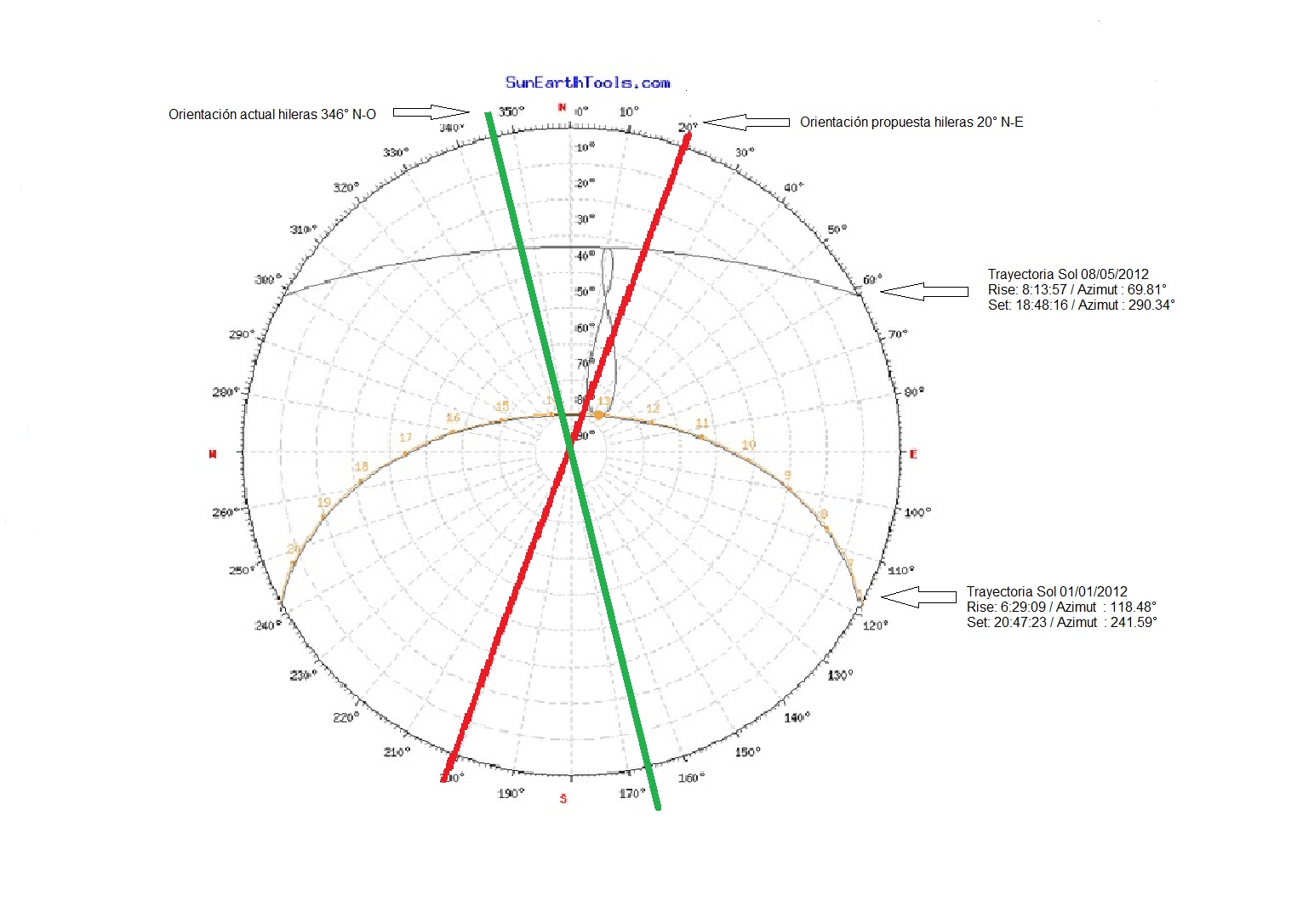
And finally, we approach the sensitive issue of water. Just last year we designed and installed a custom drip irrigation system in our Estate vineyard. Drip irrigation helps conserve water usage by 90% as well as gives us control over the exact amount and frequency of watering for each plant. We’ve already mapped the vineyard into specific blocks, so we can now irrigate the vineyards drop by drop, block by block, according to the vines’ needs.
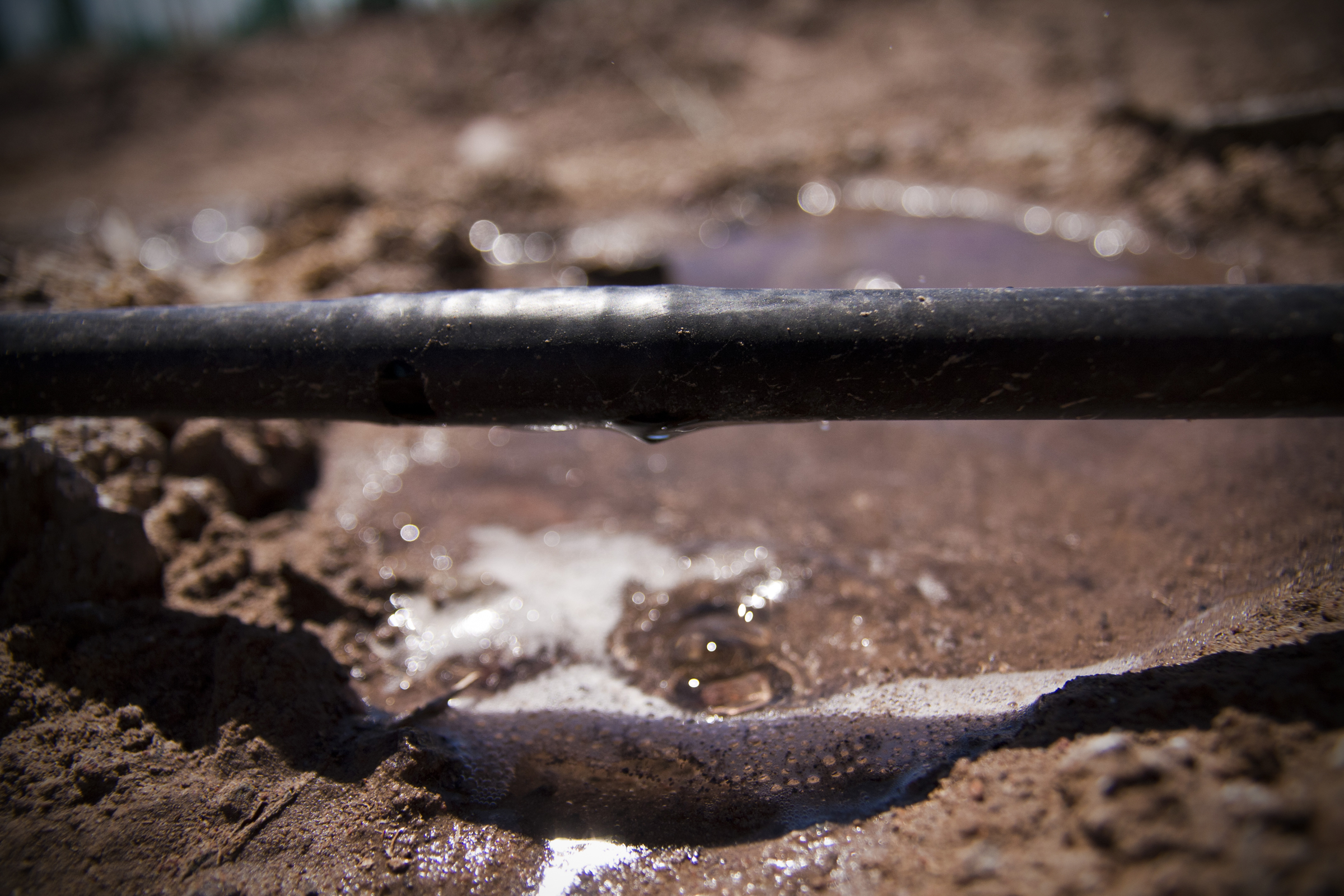
And since each and every plant will be fed via these smart little tubes, we can also distribute organic nutrients via compost tea. A large part of biodynamic viticulture is cultivating healthy, living soil. Compost directly affects nutrient deficiency and resistance to drought (among many other benefits!) As part of this investment in biodynamic viticulture, we have installed a 500-gallon compost tea tank, which is connected to our drip irrigation system.
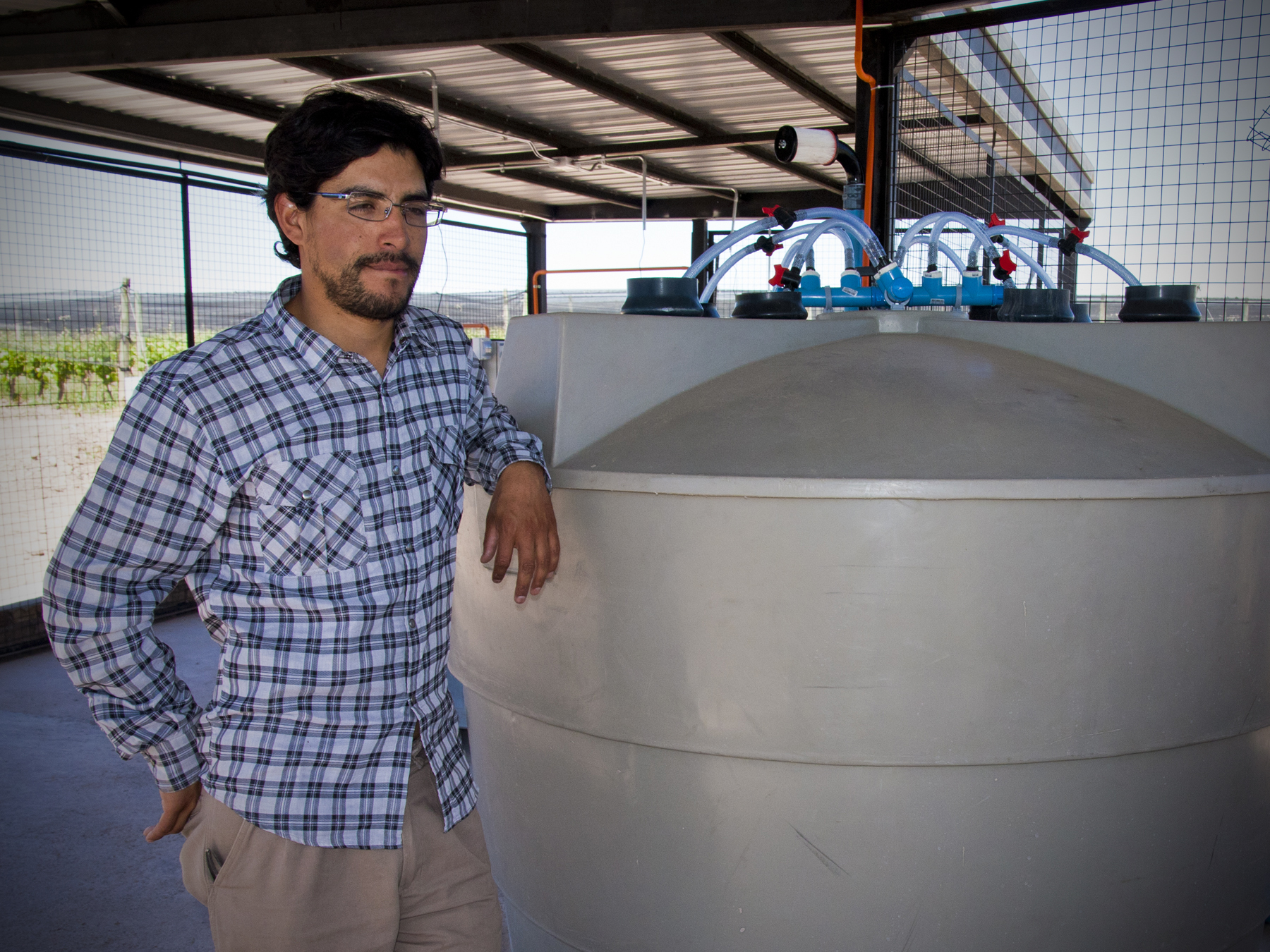
- Mauricio Gonzalez, Agronomist, with his beloved compost tea
Brewing takes about 24 hours and the concoction varies greatly depending on the vineyards’ needs. Mendoza is blessed with a naturally pest-free environment, so our “proprietary blend” is focused more on improved nutrition and better soil structure, than disease control. The tea is made up compost + water + oxygen. Though it sounds a little rustic, the compost is a VIP at the Bodega.
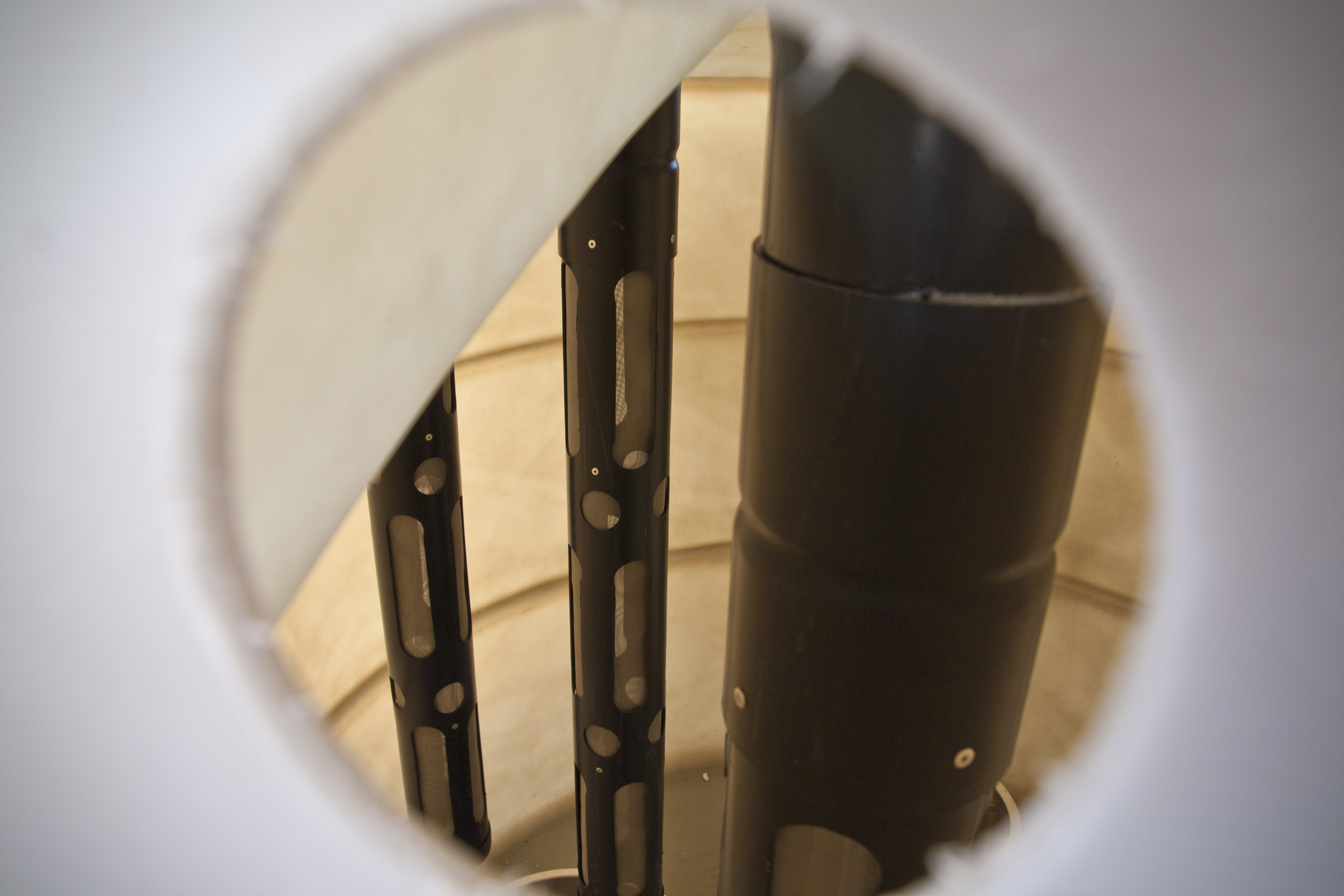
These three ingredients are put into a wire mesh cylinder, which is placed into the tank to steep.
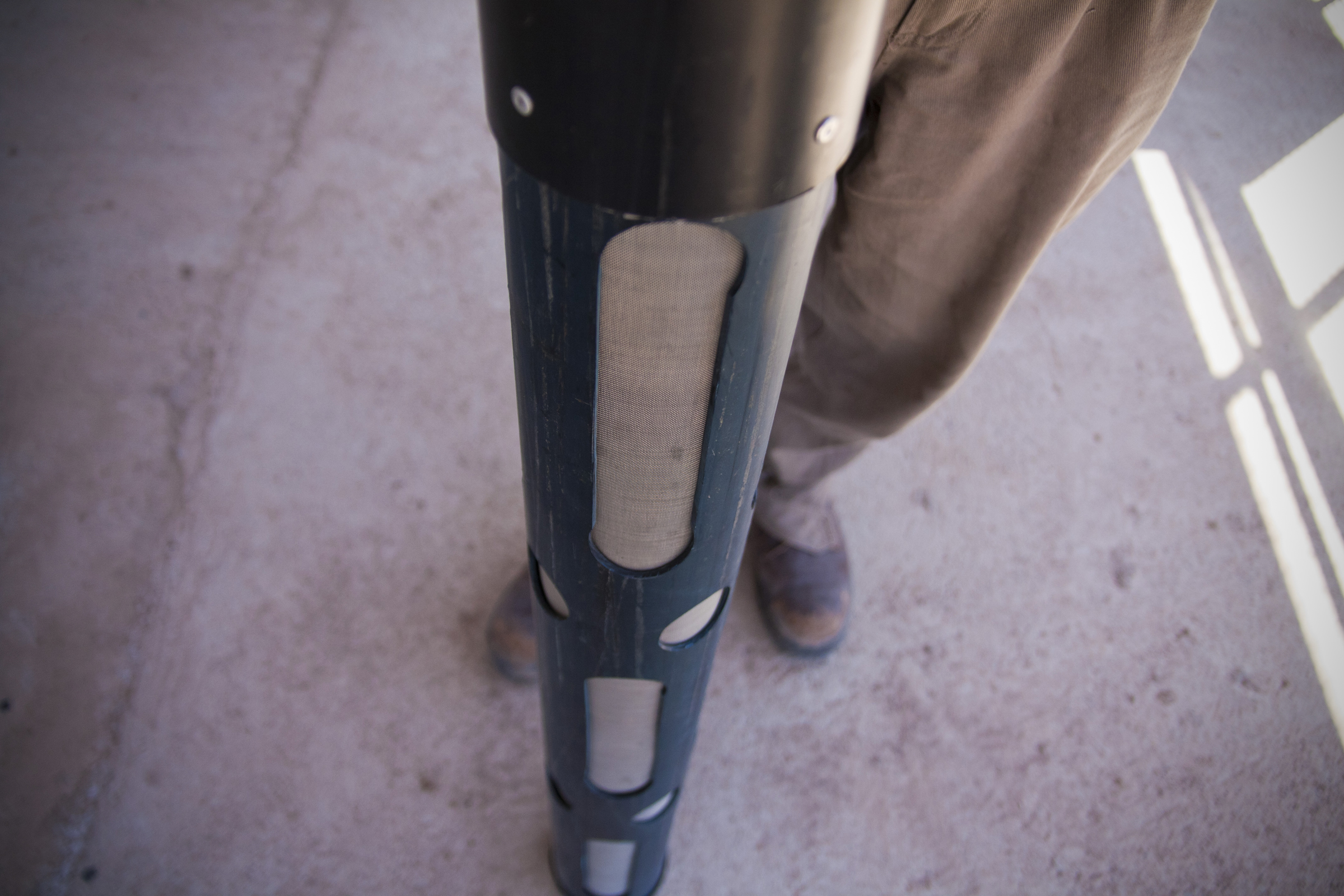
It’s not enough to simply dunk the compost mixture in the water. By adding oxygen to the environment, the microorganisms multiply exponentially. For this task, we have powerful bubbling aerators that go inside the cylinders, essentially brewing a strong cup of tea.
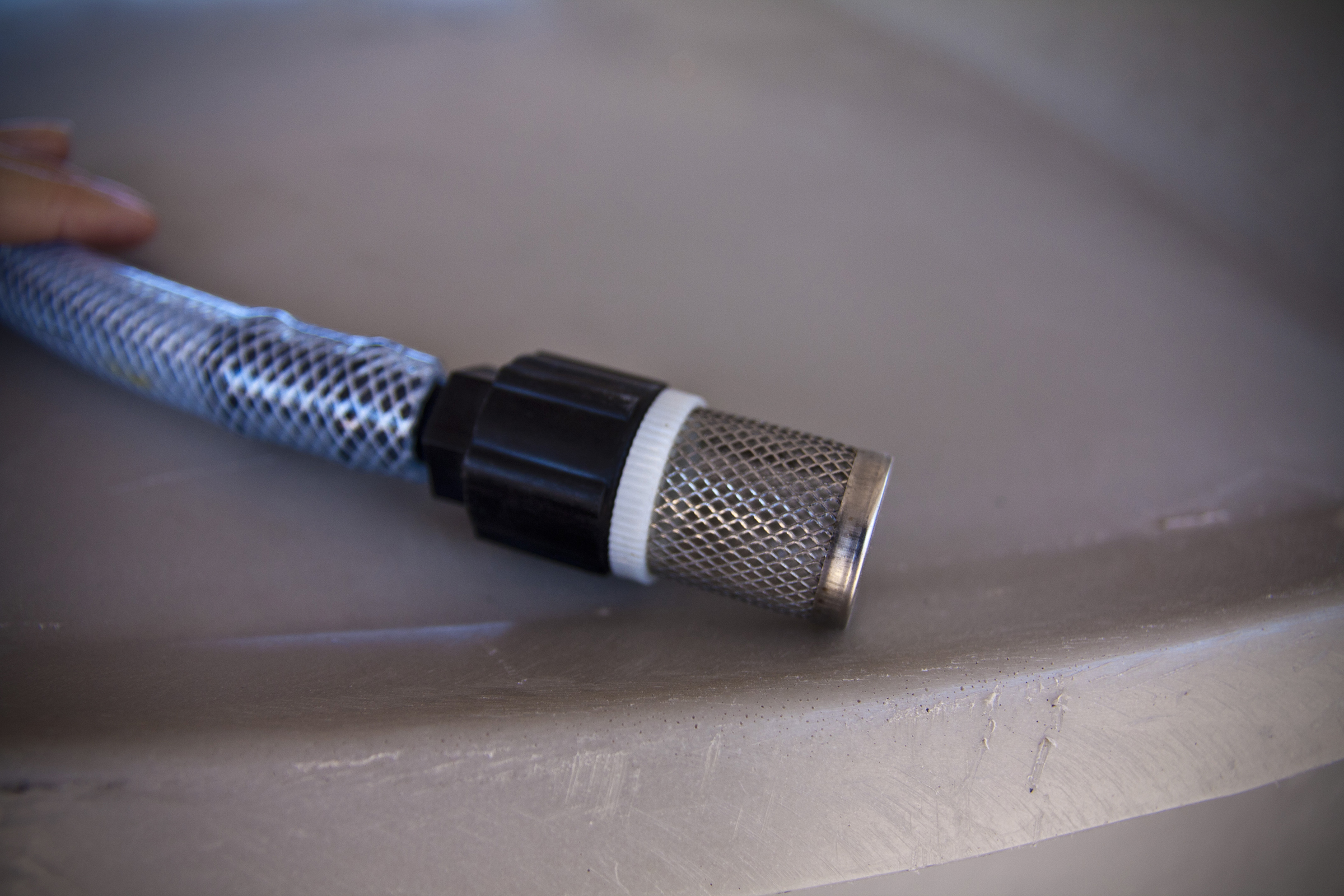
The first compost tea application is made in early spring when vines have three to four leaves, and reaches the vines via the irrigation system.
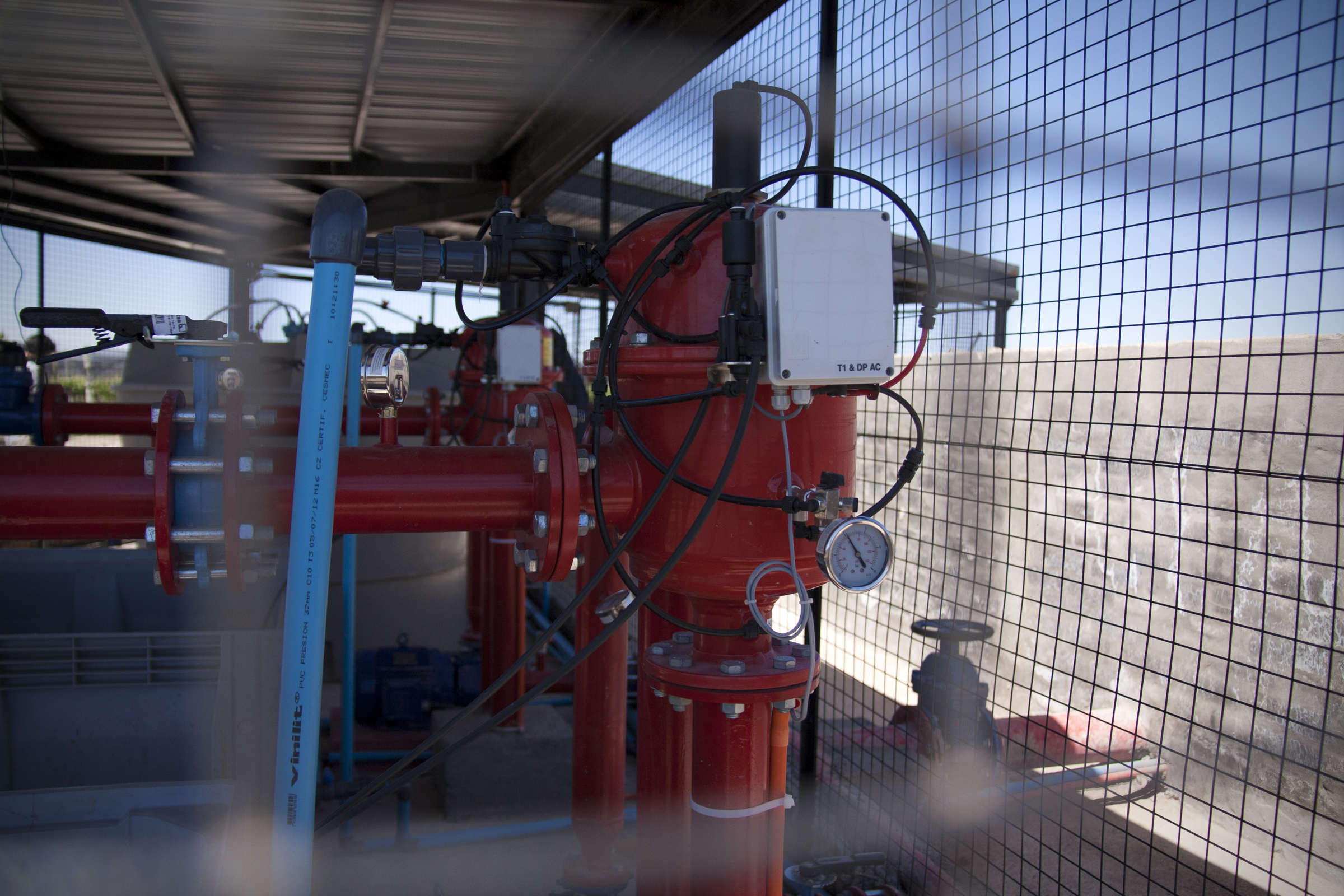
Like the block-by-block irrigation, Mauricio has the ability to feed certain vines and soils nutrients at the push of a button.
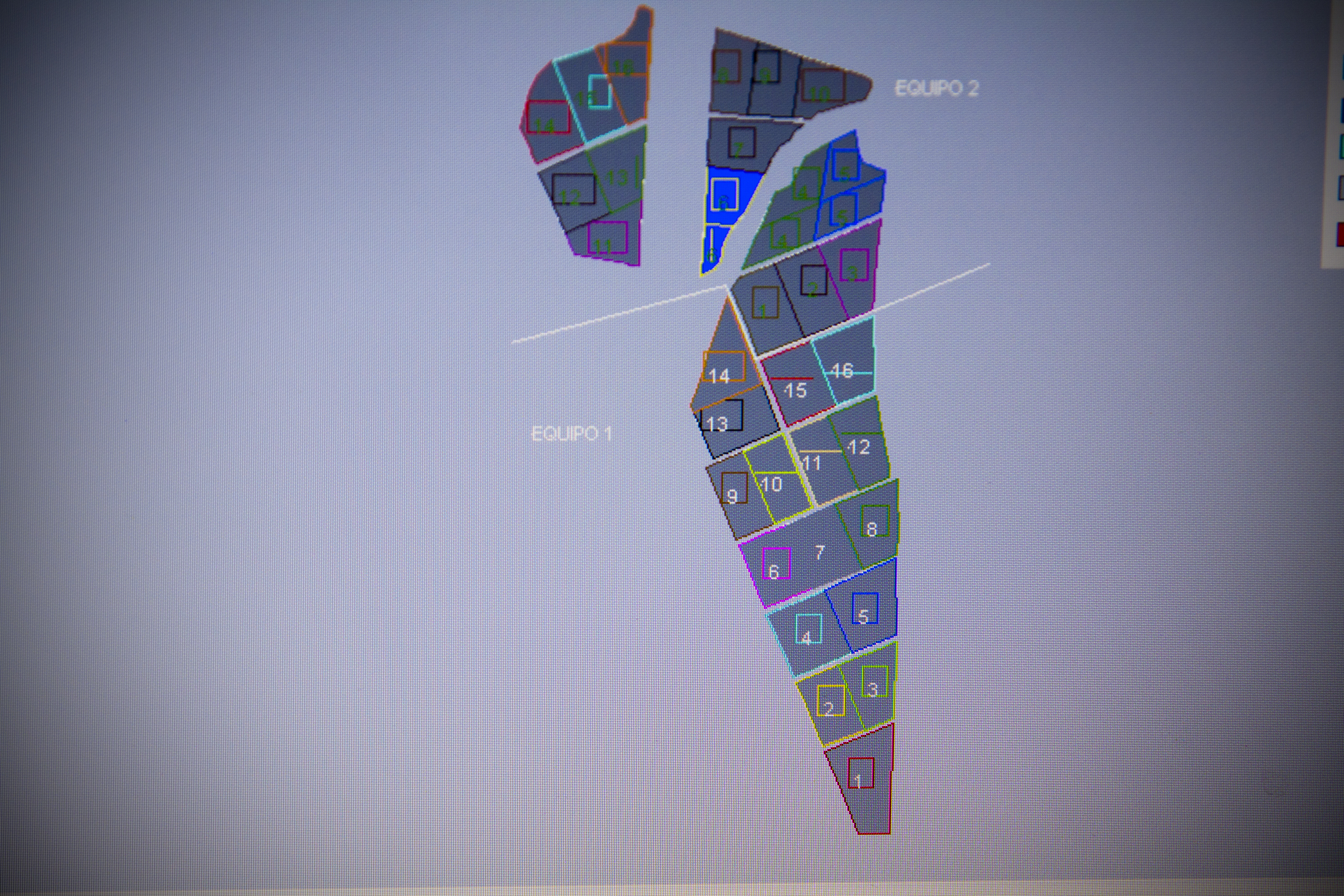
And when you’re just starting out your life, this is a pretty big advantage…
